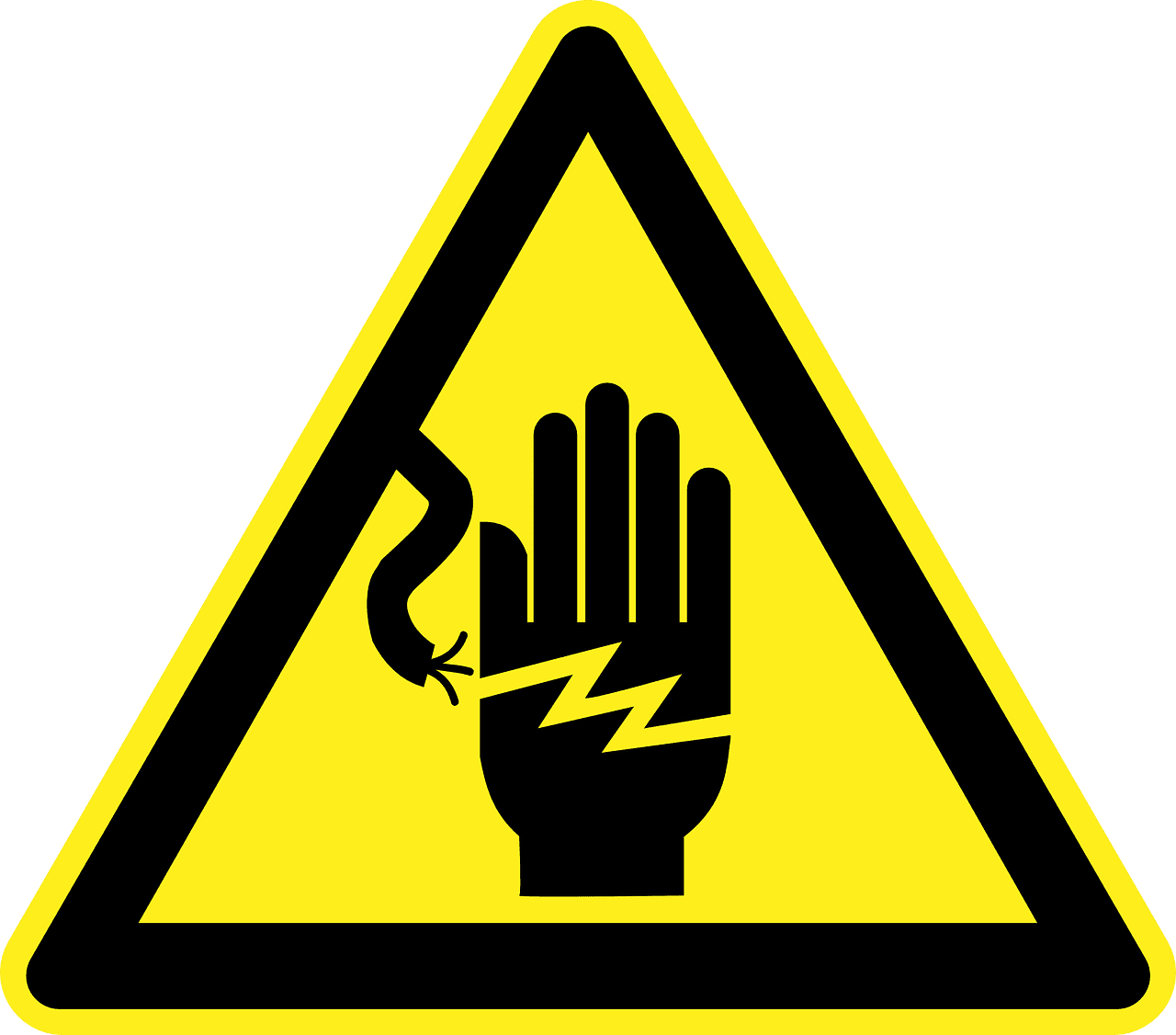Table Of Contents
Prevention of electric shocks to electricians
This guide is for electricians, employers, and contractors. This guideline is intended to reduce or eliminate the risk of electric shock in electrical installations and repairs on small electrical installations.
Legal requirements
Employers are required to remove all hazards to safety and health as far as possible under the 2004 Occupational Health and Safety Act (OHS Act). You must minimize the risks if it is impossible to eliminate all or part.
Employers and those who manage or control workplaces are required to comply with the OHS Act.
Employers and self-employed people have additional responsibilities when electrical work is part of construction work.
- Prepare and follow Safe Work Method Statements (SWMS) for high-risk construction work (HRCW).
- Construction induction training
- Site-specific inductions
Employees are responsible for their safety and health, as well as the safety and health of others who might be affected by their actions or omissions. Employers must expect employees to cooperate and comply with OHS obligations.
All electrical circuits and electrical equipment used in electrical work must be disconnected from the electrical supply unless appropriate precautions are taken to avoid electric shock or any other injury.
Electric shock risk management
De-energise or part of the installation
In many cases, electricians can prevent the danger of electric shock by de-energizing the installation. You can do this by taking out the electricity service fuse. The ESV guidelines should be followed when removing and replacing the service fuse.
If it is impossible to remove the service fuse, you can reduce the risk by de-energising the area of the installation. This involves turning off the main switch/es or circuit isolation devices.
Access to mains electricity for these tools is not required because there are many battery-powered tools available such as impact drivers, drills, and various saws.
For basic electrical installation wiring fault tracing or locating, it is not usually necessary to have electricity. Circuit fault finding can also be done using the circuit connection, earthing continuity and polarity test an electrician must perform before altering or energising an electrical installation. To locate faults in complex electrical plants, it may be necessary for electricity to be on.
Make sure you use the right signage
After the service fuse has been removed, the main switch/es and isolation devices have been locked off. A sign should be posted at the device or main switchboard warning against powering on.
Make sure the signage is easily read. You can use a warning tag or if it is not possible to attach at the isolation point. Use printed or hand-written lettering. You can use this example:
- “Danger. Work on an electrical installation. Don’t turn on the power.
- “Electricians at Work. Don’t turn on the power.
Don’t rely on just a sign or tag. For effective control, the main switch/es and isolation device/s must be locked out. This will ensure that the installation is not re-energized while it is being done.
Verify that the installation has been turned off
The electrical installation should not be considered energised until it is tested to confirm that it has been de-energised.
It is important to test the de-energised system before it can be used again.
Energizing the electrical switchboard, or the part of it that contains the main or Isolating switch should be done when the lock is off. The switchboard should be considered live work.
Safe working near low-voltage electrical equipment and installations (AS/NZS4836) provides guidance on the appropriate safety precautions and protective equipment for live work.
Use of Safe work systems
To reduce risk, safe systems of work must be created and maintained with risk controls.
- Removal and replacement of the service fuse
- Lock and tag the main switch/es or isolation points
- Verification of de-energisation (testing for Live)
Safe Work Method Statements (SWMS).
When electrical installations are near or on energised electric services or installations, the work of an electrician is considered HRCW.
Before work begins, an SWMS must be prepared and maintained by HRCW throughout the duration of the work. Employers and self-employed must review and revise all measures taken to reduce risks related to construction work.
AS/NZS 4836 states that a site assessment must be done before any work can begin. This is to determine and assess potential hazards that could cause injury or damage. This requirement can be met by the preparation of an SWMS.
If the site assessment shows that there are no controls to prevent hazards from being identified, the work cannot be continued.
The SWMS should describe:
- What controls will be put in place to reduce or eliminate the risks, including electric shock?
- How the controls will work
- How the controls will be maintained throughout the works, including review and revision if necessary.
The SWMS should contain the procedure that will be used for de-energization before working on the electrical installations.
Other HRCW types may also be relevant for electrical work, and these would also need to be addressed in the SWMS.
Other Risks
Other risks associated with electrical work must be managed, as far as possible.
- Falls from height
- Excessive heat
- Biological hazards (vermins, insects, and moulds)
- Dust
5 Star Electrician Brisbane Northside and Sunshine Coast
Electrical Contractors that help your family, business or property be safe and work efficiently every day 24 hrs, after hours and emergency.
Our North Brisbane and Sunshine Coast based electrician can efficiently install, repair, or maintain any electrical system including lighting, air conditioning, wiring, power points, new home builds, construction, renovations, test and tag services, electrical safety inspections, switchboard upgrades, home automation and smart systems and much more. Contact us today for a free quote and prices.

